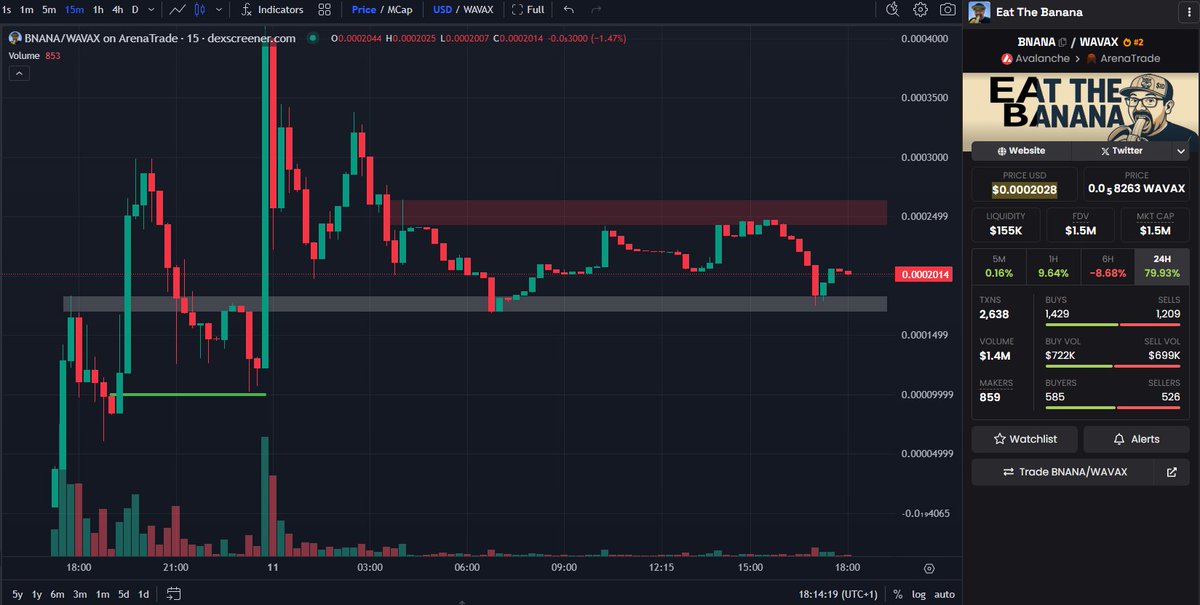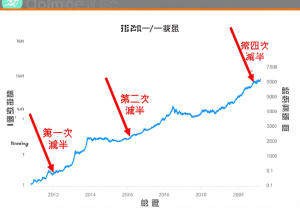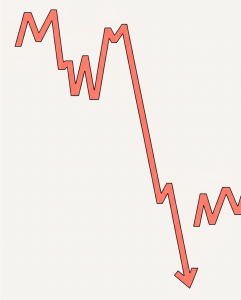
The Intersection of Technical Analysis and Low-Cap Cryptocurrencies
A Digital Dawn
In the rapidly evolving world of cryptocurrency, the debate surrounding the efficacy of technical analysis, particularly for low-cap coins, has been a contentious one. The tweet by N0thing🔺 raises a curious point: “I thought that Technical analysis ain’t working on low caps, but it’s working on your coin 😅 did you eat your $Bnana today?” This statement encapsulates the skepticism and curiosity that many investors harbor regarding the applicability of technical analysis in the volatile and often unpredictable realm of low-cap cryptocurrencies.
Understanding Technical Analysis
Technical analysis is a method used to evaluate investments and identify trading opportunities by analyzing statistical trends gathered from trading activity, such as price movement and volume. The core belief is that all relevant information is already reflected in the price, and by studying historical price movements, traders can predict future price movements. This method is widely used in traditional financial markets and has been adapted for use in the cryptocurrency space.
The Challenges of Low-Cap Cryptocurrencies
Low-cap cryptocurrencies, often referred to as “altcoins,” are digital currencies with a relatively small market capitalization. These coins are typically more volatile and less liquid than their high-cap counterparts like Bitcoin and Ethereum. The volatility and lack of liquidity make it challenging to apply traditional technical analysis methods effectively. Market manipulation, low trading volumes, and the absence of historical data can all skew the results of technical analysis, leading to inaccurate predictions.
The Role of Sentiment and Social Media
In the cryptocurrency world, sentiment plays a significant role in price movements. Social media platforms like Twitter have become vital channels for disseminating information, influencing market sentiment, and driving price actions. The tweet by N0thing🔺 is a prime example of how social media can impact the perception of a coin’s potential. The mention of “$Bnana” and the playful tone indicate a community-driven approach to promoting and discussing the coin, which can significantly influence its market performance.
Case Study: The $Bnana Coin
The $Bnana coin, as mentioned in the tweet, appears to be an example where technical analysis might be working despite the challenges associated with low-cap coins. This could be due to several factors:
The Future of Technical Analysis in Cryptocurrency
As the cryptocurrency market continues to mature, the role of technical analysis is likely to evolve. Advanced algorithms and machine learning techniques are being developed to better analyze the unique characteristics of cryptocurrency markets. These tools can potentially overcome some of the challenges associated with low-cap coins, providing more accurate and reliable predictions.
The Human Element
The tweet by HasherBots 🤖⚡️ highlights the intersection of technology and human interaction in the cryptocurrency space. The mention of “collectors approaching” and “vibrant” color spectrum analysis suggests a blend of artistic and technological elements. This human touch, combined with the analytical capabilities of AI, can create a more nuanced approach to understanding and predicting market movements.
Conclusion: Embracing the Uncertainty
The debate surrounding the efficacy of technical analysis in low-cap cryptocurrencies is far from settled. While challenges remain, the evolving landscape of cryptocurrency markets offers new opportunities for innovation and adaptation. As investors and analysts continue to explore and develop new methods, the intersection of technical analysis and low-cap coins will undoubtedly yield fascinating insights and possibilities.
By embracing the uncertainty and leveraging the unique characteristics of the cryptocurrency market, investors can navigate the complexities and uncover hidden opportunities. The future of technical analysis in cryptocurrency is bright, and those who adapt and innovate will be well-positioned to capitalize on the ever-changing digital frontier.
—
Sources








